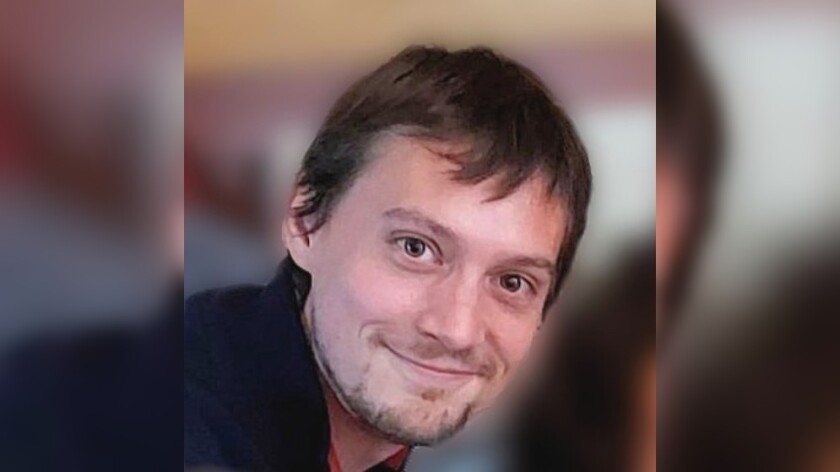Twenty years ago, on the 19th of August 2003 in Iraq, there was a bomb attack at the Canal Hotel in Baghdad.
Twenty-two humanitarian aid workers, including the UN Special Representative of the Secretary-General for Iraq, Sergio Vieira de Mello were proclaimed dead at the scenes of this brutal attack.
On World Humanitarian Day (19th August), the world honours every citizen, volunteer and refugee affected by global crises.
In an increasingly digitalised society, individuals rely on technology for news, contacting their loved ones, and geographical coordination. During a humanitarian crisis, affected people will often no longer have access to technology which can leave individuals vulnerable to misinformation or exploitation as a result.
This was something Télécoms Sans Frontières’ (TSF) founders Monique Lanne-Petit and Jean-François Cazenave realised when helping individuals try to contact loved ones whilst volunteering at disaster relief camps over 25 years ago.
This triggered the creation of the world’s first non-profit organisation (NGO) to combine telecommunications technology with humanitarian aid, a unique relationship.
Since 1998, TSF has provided 642,000 people with essential information via its information diffusion system, and almost 664,600 people have benefitted from the connectivity provided.
TSF has also spearheaded activities around digital inclusion that have benefited 80,093 people so far.
The starting blocks - information sharing
On a case-by-case basis, TSF analyses the scope of the global response by launching an intervention. They conduct a thorough assessment of the needs on the grounds of the disaster, including any information about affected people, security, logistics, and transparent communication from the humanitarian networks are vital.
Within this network, organisations are also ready to deploy to coordinate the response and also discuss the needs of the humanitarian community in terms of emergency telecoms.
For example, in February 2022, the response to different cyclones in Madagascar involved checking the foreseen path on Tropical Storm Risk and the aftershocks of an important earthquake on the United States Geological Survey (USGS) website.
It is important to have a wide network of global contacts, so that information can be cross-checked before field intervention.
This is usually received by contacts from previous activities, partners from other NGOs and different national disaster management agencies, and even habitants themselves from social media.
Information helps TSF to paint the best picture possible of the current humanitarian situation during a crisis, predict the needs, and prepare the technology and the teams.
Global Disaster Alert and Coordination System (GDACS) is another useful resource for any response as it centralises information on the disaster and enables the teams to coordinate a response more closely with each other.
Their virtual maps, satellite imagery, and GDACS Disaster Alerts provide real-time access to web‐based disaster information systems and related coordination tools for disaster managers and disaster information systems worldwide.
However, the information from these tools is not sufficient to trigger a deployment. Responding in partnership and collaboration with the wider network within different levels of a variety of organisations is essential at every phase of the response.
Taking action
TSF is composed of high-skilled technical staff members, who are also regularly deployed in the field, as well as supporting technology innovation and development.
TSF acts as a central hub of information from different bases around the world, coordinating with various project and program managers, to identify how ICT solutions can meet a particular need, and if necessary, adapt it or create it.
Access to flexible open-source software solutions enables TSF to internally troubleshoot and resolve software issues by finding an alternative experimental version that fixes a particular bug or recompiles it to make it work for the mission.
Without the support of our long-term technical partners with technical support or finding key contacts or distributors in various remote locations, the impact would be limited.
For example, in response to the Beirut Port Explosion, the TSF team created an IP-based call centre that enabled many volunteers to contact victims from the crises and personally identify their needs.
This project was completed in close collaboration with a Lebanese NGO, “Live, Love, Lebanon”, which set up processes to link the victims with NGOs that could provide help to them. The solution solved many problems, especially the number and turnover of volunteers, and decreased the call costs by using VoIP rather than traditional calls.
Technical skills are hugely important for our missions, but a good knowledge of the humanitarian landscape and the way operations are conducted and coordinated is essential.
Volunteers must participate in tailored training on the different procedures at TSF and commit to an exemplary behaviour standard consistent with humanitarian action.
Availability is a challenge as not all of the technical staff can suspend their professional tasks unexpectedly for several weeks.
Despite this, there is a unique opportunity for technology enthusiasts to make changes in humanitarian work, find out more about the various forms of support and partnerships here.





